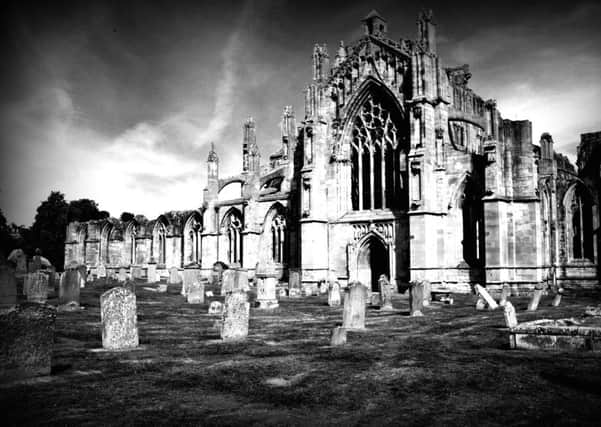The zombie priest of Melrose Abbey


The priest, known as Hunderprest given he preferred to hunt with dogs rather than focus on spiritual matters, had a poor reputation among his peers.
Following his death, in spring 1196, the monk was buried in the graveyard of the abbey in the Scottish Borders but was far from being a peace. Regularly rising from his tomb, he would roam the surrounding lands, often wailing, and harass his former mistress and peers at the monastery.
Advertisement
Hide AdAdvertisement
Hide AdThe story of this Scottish revenant was first recorded by historian William of Newburgh in his five book compendium, History of English Affairs, which was published at the very end of the 12th Century.
Brian Righi, in this Book Vampires Through The Ages, Lore and Legends, said Hunderprest had tried to break into the cloisters of the abbey but the “loathsome creature” had been unable to cross the threshold of the given the prayers of the monks within.
Righi added: “Forced away, the revenant roamed the countryside making terrible noises until it reached the bedchamber of his former mistress.”
The revenant was to return to her room several times.
Following her desperate pleas to the friary for help, four monks were assembled to kill off Hunderprest.
On the night of the operation, the armed monks gathered at his tomb before three peeled away to warm themselves in a nearby house.
Righi added: “No sooner had they passed from view than the revenant appeared to the remaining monk and rushed upon him with a terrible noise.
“The monk remained firm.”
The monk made a “mighty axe” strike again the figure, who retreated back to his grave.
Advertisement
Hide AdAdvertisement
Hide AdIn the morning, the four friars gathered again at the tomb where the corpse of Hunderprest was found - the blood still flowing from wound.
The monks then removed the body, cremated it and scattered the ashes to the wind,.
The case of the Melrose zombie was one of three such cases recorded by the historian.
While Newburgh did believe in revenants, the historian was aware the “facts would not easily be believed” unless they were supported by “unimpeachable testimony of responsible persons.”
Accounts of revenants were relatively popular in medieval times, and may have been used as a way to warn the public of the consequences of malign social activity, according to historian Stephen R Gordon.
